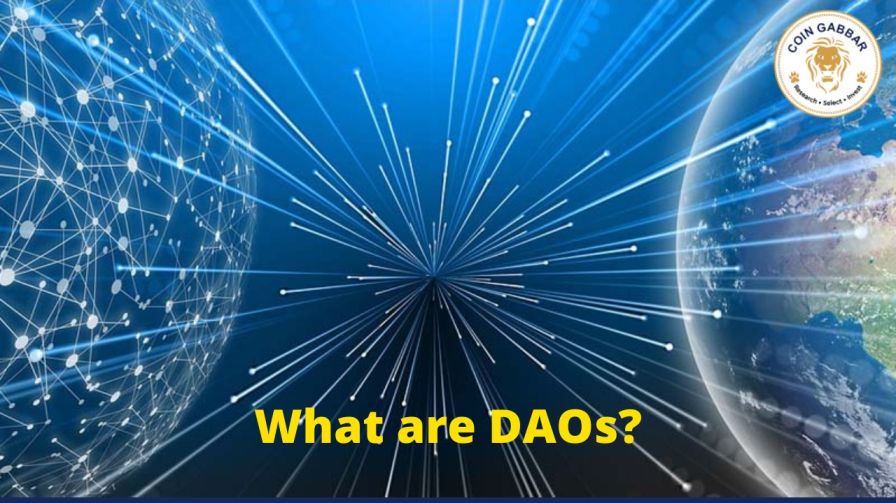DAOs-the support of local institutions with new Phase of Web3 CoinGabbar

DAOs: support of local institutions with new Phase of Web3 CoinGabbar
A DAO is a unique, self-managed organization run solely and exclusively by blockchain smart contracts, with their own bylaws and rules of procedure, that replace day-to-day operational management with self-executing code. The main advantage of a DAO is that, unlike traditional companies, blockchain technology provides the DAO with complete transparency.
DAO is a unique, itself-managed organization that works alone and alone on and is powered by blockchain smart contracts with its own bylaws and rule of conduct, making day-to-day operational management with self-executing code. The primary advantage of a DAO is that, unlike some mainstream companies, blockchain technology provides the DAO with full-proof transparency.
blockchain of the DAO's actions and funding can be seen and analyzed by anyone. This transparency significantly reduces the risk of corruption, illicit activity, or fraud by preventing important information from being censored.
Moreover, it is blockchain technology that enables the DAO to maintain its purpose. It is the same as NFTs, working on smart contracts which can trigger an action whenever certain predetermined conditions are met. For example, in the case of DAO, a smart contract could ensure the proposals which receive a certain amount of positive votes are automatically incorporated.
And, unlike traditional organizations that operate from the top-down, DAOs operate with a flat hierarchical structure, allowing all members to have a say in crucial decisions that affect the broader group — rather than just the primary shareholders
DAOs are much more accessible to the average individual, as the barrier to entry is not as high. Usually, the only people who can invest in an organization early on — and reap most of the financial returns as a result — are incredibly wealthy and well-networked individuals.
In DAOs, this is not the case. They are globally accessible and available at a much lower cost.
In practice, DAOs are currently used to govern and provide a sense of direction and fund projects, such as managing a cricket team in the board council of the Cricket Association, etc… even trying to buy a first-edition print copy of the Indian constitution. However, the path to Web3 is not always easy.
Many times new learning and experimentation is required in the common user's journey in using Web3 technologies. The lack of current user-friendly design in Web3 applications disrupts the user experience and results in a steep adapting and learning curve.
In fact, such factors are a significant barrier to entry for most people. And when we consider the time required for software code exploration and development, as well as the current focus of developers, we realize just how far from a priority the user experience is.